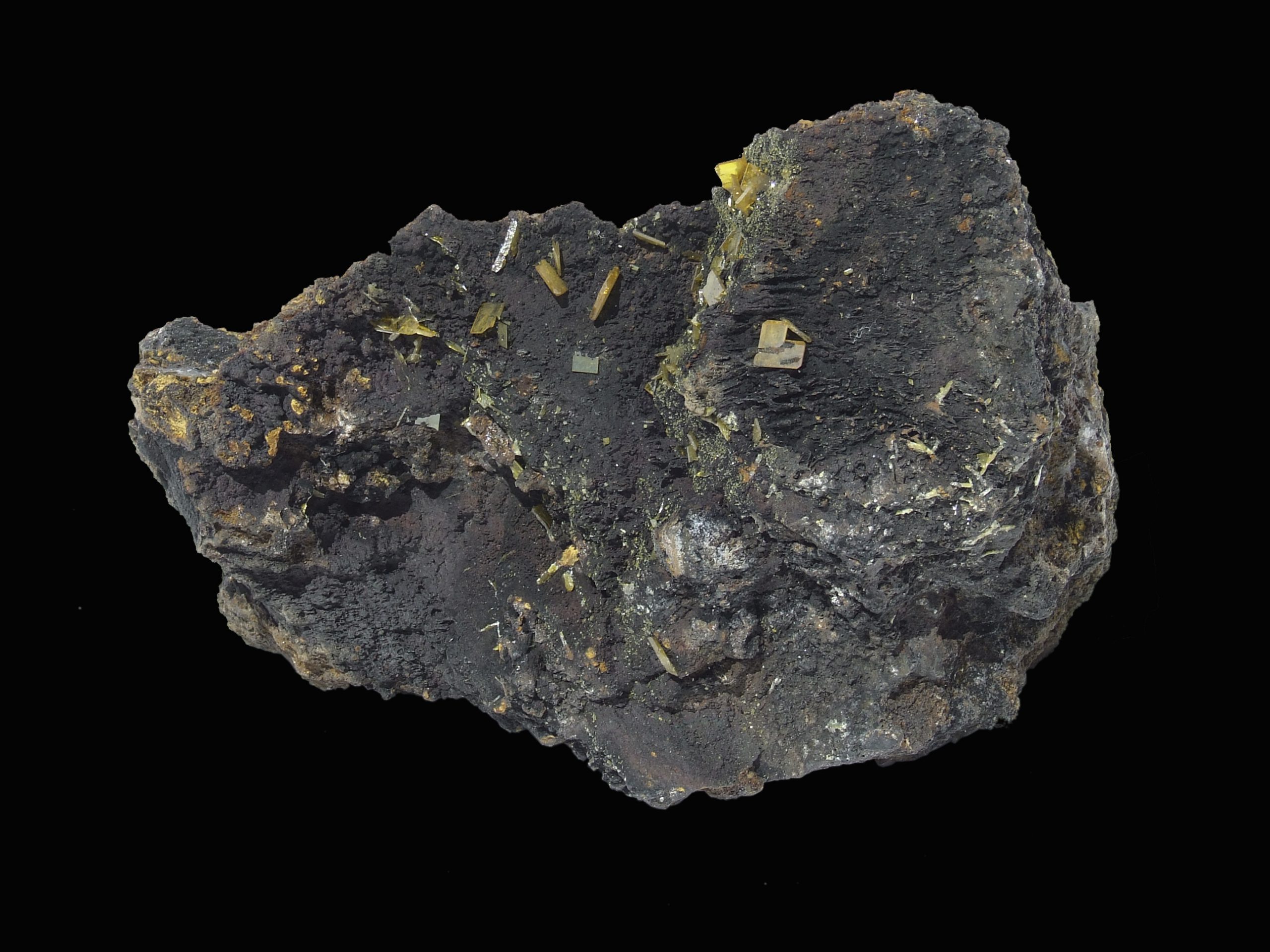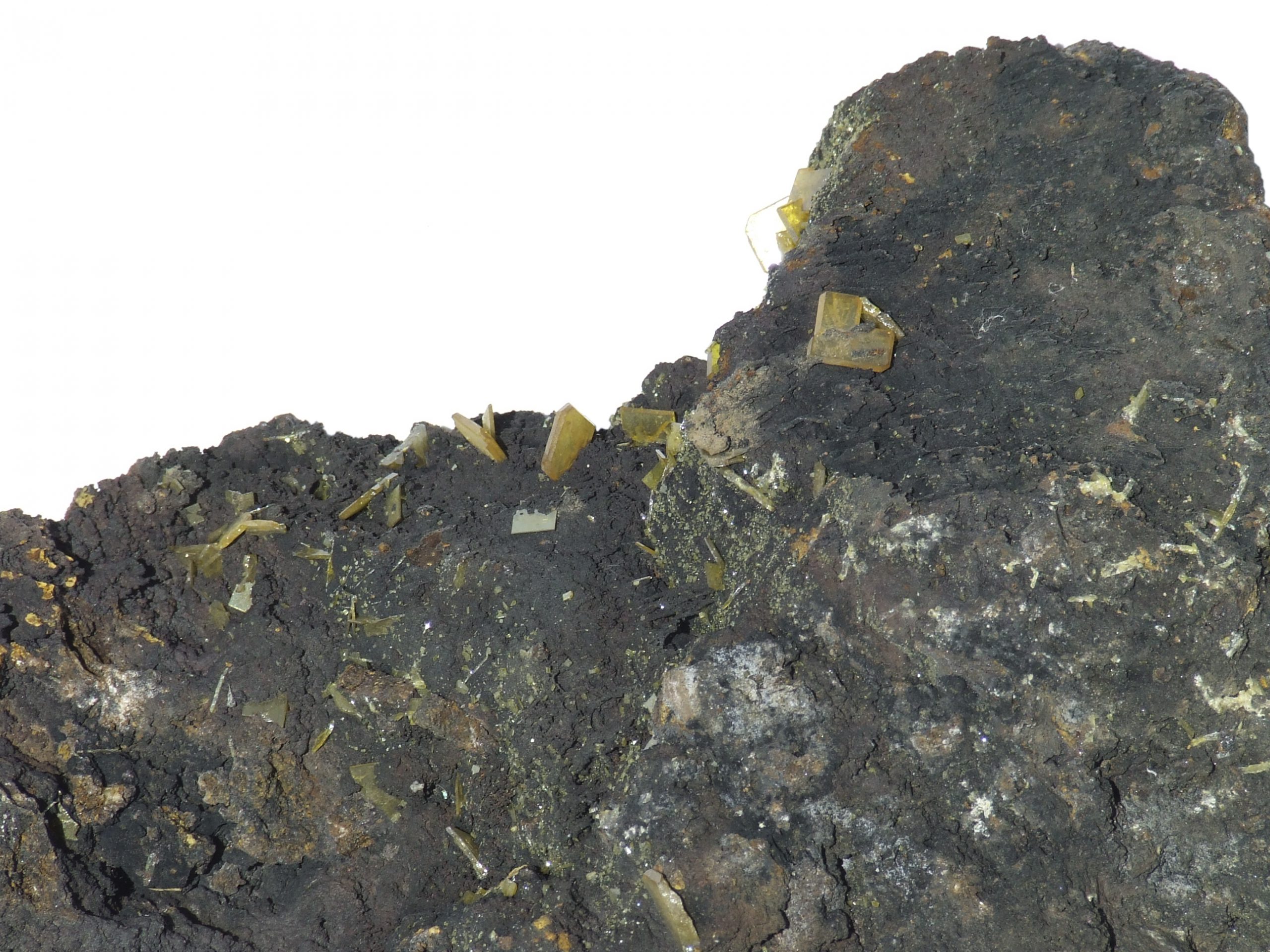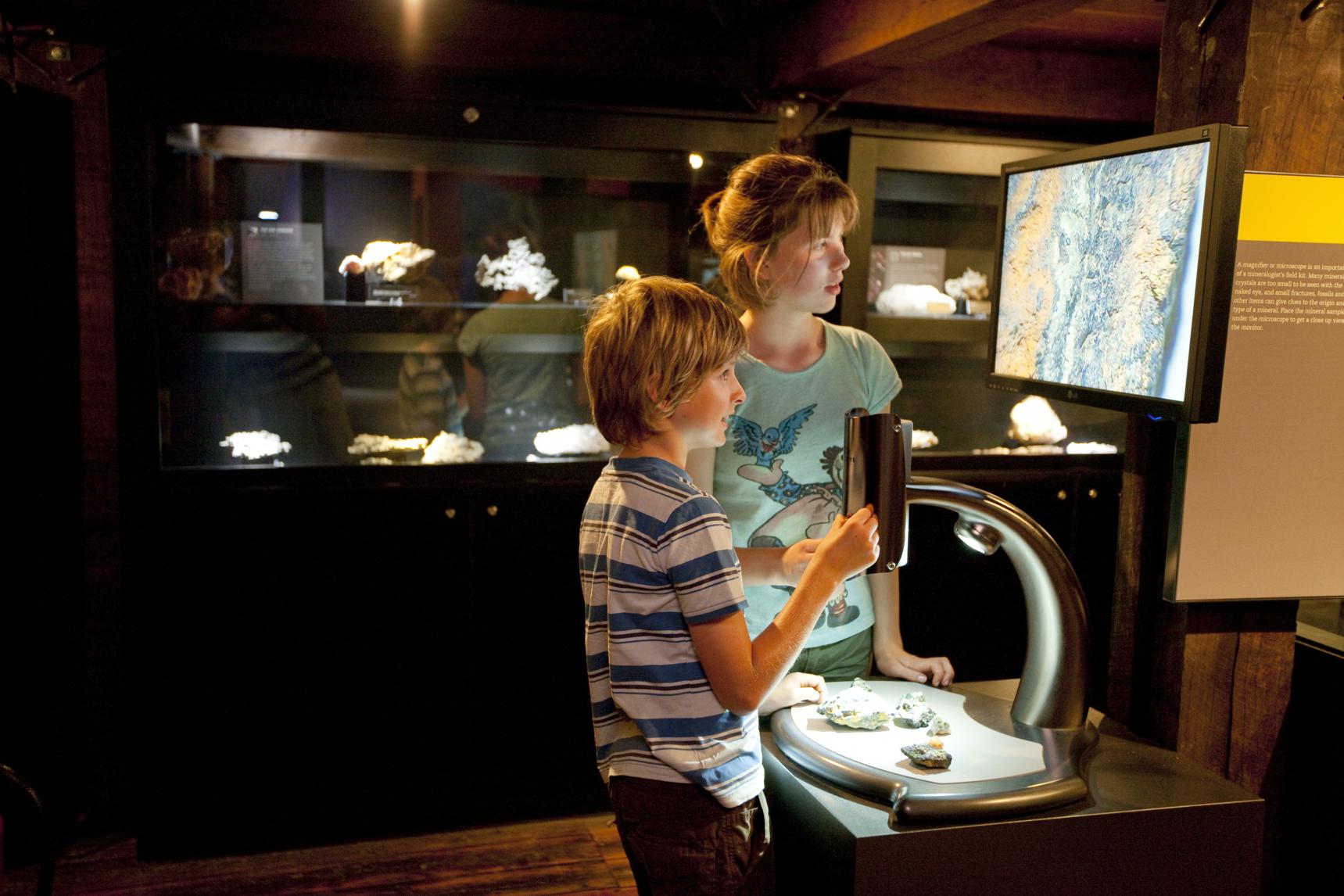Discoverer of Rare Mineral Murdered
The Story Behind the Naming of Raspite
Raspite is recognised as a form of the lead tungstate mineral Stolzite and was named after the boundary rider and prospector, Charles Rasp, by the Natural History Museum in Vienna. Rasp’s 1883 claim on the Mount Gipps Station in New South Wales’ far west led to the founding of the Broken Hill Proprietary Company (BHP). The fate of the Austrian Baron who discovered Raspite was much less fortuitous.
Moving hand-in-hand with colonial expansion during the 1700-1800s was the European nobility’s passion for collecting and classifying specimens from the natural world. The acquisition and possession of collections of rare and unusual objects marked their owners as wealthy, educated and well-travelled.
Baron Foullon von Norbeck, who was the Director of the Imperial and Royal Geological Society, Vienna, collected Raspite specimens when he visited Broken Hill in the mid-1890s. Although the Baron was murdered by bushmen while pursuing specimens in the Solomon Islands in September 1896, he had sent his mineral samples to the Natural History Museum in Vienna for classification prior to his unfortunate end. The Museum established that the rock samples contained a new mineral in 1898 and at the Baron’s request named it after Charles Rasp.
Raspite’s colour ranges from pale yellow to red-brown, and it has a clear, monoclinic crystal structure. Raspite crystals are usually around half a centimetre long but may also be found at up to 1.5 centimetres. Both the upper levels of the BHP Mine under the Jamiesons Shaft and Block 11 at a level of 300 feet have yielded samples of Raspite.






